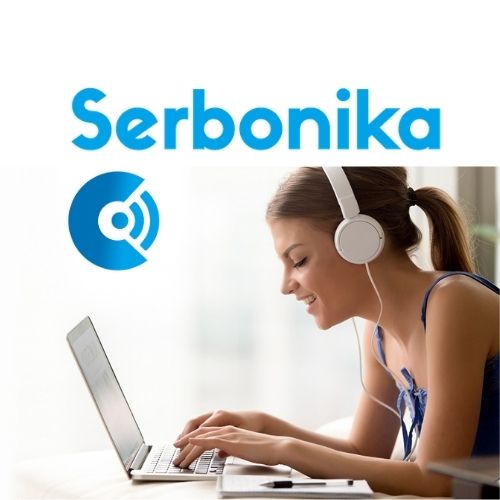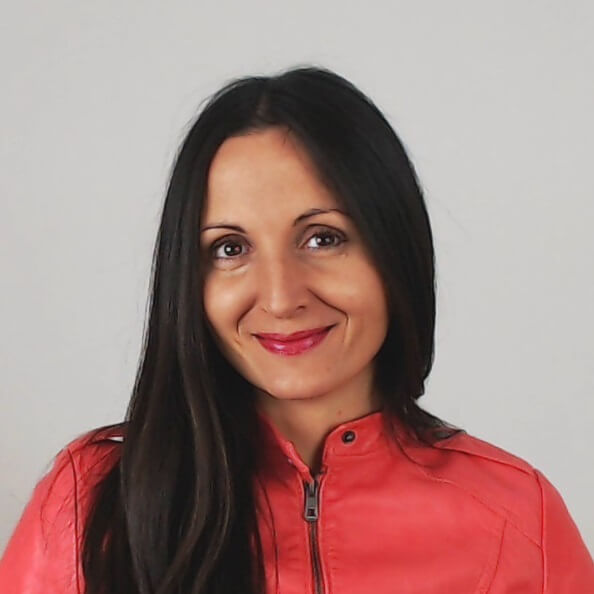Vowels in Serbian: Phonetics and Pronunciation
In Serbian language there are only 5 vowels. That’s less then in English, French or German. Learn how to pronounce Serbian vowels properly.
Photo by Freepik
There are only 5 vowels in the Serbian language, just like in Greek, Italian or Spanish. That’s less than in English, French or German!
Vowels are sounds produced without any barrier in mouth. Air flows freely to create sound. The sound is then modulated by moving tongue up or down, closer to or further from the palate, and by changing the shape of lips.
Serbian vowels are pronounced consistently – always the same way. This is how we write them: A, E, I, O, U.
In this video, you will learn how to pronounce them accurately. You will learn how all five vowels are produced and practice pronouncing them individually and within example words.
Serbian language has 30 sounds. In this lesson we will analyze and explore these sounds by grouping them according to the way they are produced.
Serbian orthography is phonemic. That means that there is one letter for every one of the 30 sounds and that each sound is always represented by one same letter.
In this course we’re using the Serbian Latin script or latinica.
We will start from the “easy sounds”. These are the sounds that are equal or similar to the sounds of the English phonetic system. We will analyze them in order to get ready to analyze and produce the sounds that are typical for Serbian and non-existent in English.
Serbian Vowels / Vokali ili samoglasnici
Vowels are sounds produced without any barrier in mouth. Air flows freely to create sound, and the sound is modulated by moving tongue up or down, closer to or further from the palate, and by changing the shape of lips.
In Serbian language there are only 5 vowels: i, e, a, o and u. That’s less then in English, and they are pronounced consistently – always the same way.
| I | lips stretched to a smile,tongue close to palate, jaws together |
sin (son) |
| E | jaws open a bit, tongue drops a bit down from the palate |
ne (no) |
| A | lips in neutral position, mouth wide open, tongue away from the palate |
da (yes) |
| O | lips form circular shape, lower jaw moves up |
mol (dock) |
| U | lips still rounded, lower jaw moves further up |
kum (godfather) |
Vowel distribution and consonant clusters
There are 5 vowels in Serbian and they are the same as Italian, Spanish or Greek vowels: a, e, i, o and u.
There are no semivowels or umlauts in Serbian.
However, sometimes the R sound works as a vowel as well. Just like in our country’s name: Srbija (Serbia), or our neighboring countries: Hrvatska (Croatia), Crna Gora (Montenegro) and Grčka (Greece).
This vowel-like R is the reason some people complain about consonant clusters in Serbian. It is the only vowel in the words like:
- prst finger
- vrh top, peak
- smrt death
- trn thorn
- and also “tvrđava” fortress, probably the most challenging word for many Serbian learners.
But don’t worry, such words are actually rare in the Serbian language!
Normal placement of Serbian vowels
Usually, we have one of the five vowels between every two consonants (that’s the most common distribution of vowels). Like in these words:
- kolega colleague
- televizija television
- akademija academia
- tigar tiger
- banana banana
Or we’ll have two or three consonants followed by a vowel:
- profesorica proffessor
- student student
- škola school
- stvar thing
- drug friend
Sometimes we’ll have two vowels together, and then each vowel is pronounced individually. Like in these words:
- automobil automobile
- radio radio
- avion airplane
- januar January
- farmaceut farmacist
by Magdalena Petrovic Jelic
Founder of Serbonika
Serbian language teacher and entrepreneur, language lover and polyglot, but also a mother and a relentless storyteller. Read more about me.
My mission is to create the best method for learning Serbian. Would you like to learn Serbian with my lessons? Try free.
#Serbian pronunciation

Included in Serbonika
This content is included in our new platform: Serbonika.com and UPGRADED with more materials, audio files, exercises, quizzes, more options and features, so your Serbian learning experience will be even better!
Get a FREE account and start learning Serbian right away!
See you at Serbonika!
Serbonika
Najbolja metoda za učenje srpskog jezika
The best method to learn Serbian
The sooner you start learning, the sooner you’ll start talking. Take action now!
All Shapes of the Future Tense in Serbian and Croatian Language
So many forms to express the future tense in Serbo-Croatian! What are all of them and how to make sense? Read on to learn all shapes of the future tense in Serbian and Croatian.
All differences between will and want in Serbian: hteti i želeti
If you’re puzzled about the verbs will and want in Serbian (hteti i želeti), unsure when to use which, that’s common. Let’s learn all their differences and similarities to clear up the confusion.
Feet Speech: 8 Serbian Leg Idioms for English and Norweigian Speakers
Did you know that many Serbian leg idioms are actually the same in English and Norwegian? That was a surprise for me too!



